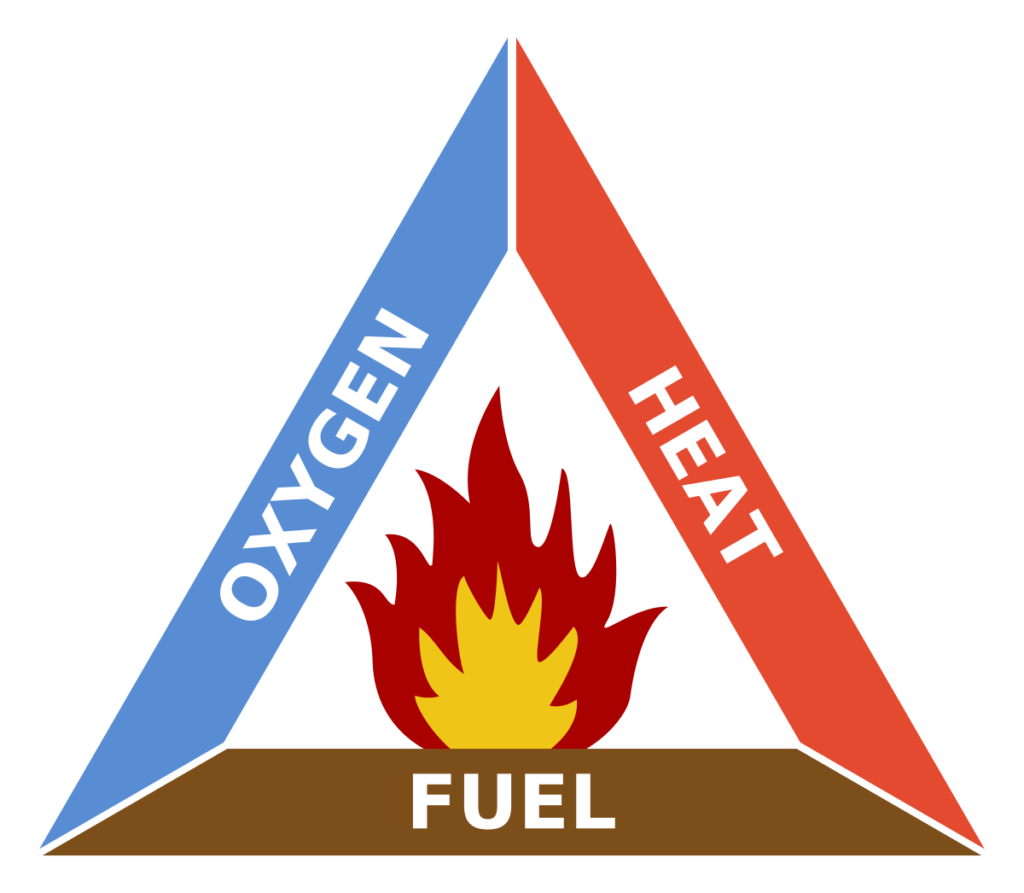
New C6 Board Member: Mike Liu
C6 Forest to Farm is very excited to announce that Michael Liu has joined our board of directors. Mike recently retired from the USFS after a 36-year career which included roles in Idaho, Montana, Alaska, California, Colorado, New York, Vermont, and Washington D.C. Prior to his retirement Mike led the 1.3 million acre Methow Valley Ranger District.
Q&A with Mike Liu
Can you tell us a little about how you saw wildfire evolve during your career with the USFS?
I started my 36 year career with the Forest Service in 1984 in Northern Idaho. Part of my work included reforesting areas within the 1967 Sundance burn that still hadn’t recovered due to the high fire severity. At 56,000 acres, it was considered a very large fire at the time.
Over the course of my career, fire seasons have gotten longer and the build-up of forest fuels have resulted in higher intensity wildfires covering much larger areas. Towards the end of my career, I was an agency administrator on the Carlton Complex wildfire which burned 256,000 acres during the summer of 2014.
In your option, what are the most important steps to reduce the wildfire risk?
The fire triangle is a useful tool when discussing ways to reduce wildfire risk. Each side of the triangle represents one of the three elements needed for fire to exist: air, heat, and fuel. Fuel is the only element we can effectively manage before a wildfire. It’s important for me to say that wildfire is a natural change agent here in Eastern Washington and we know with certainty that regardless of what we do, fires will occur. However, we can modify fire intensity and outcomes by managing the fuels in the Forest. Specifically, the surface fuels and small diameter trees. That’s why large landscape underburns and thinning forests from below are important steps we can take to reduce the hazard.

And what do you think are the biggest blockers to making progress?
Unfortunately, landscape underburns generate smoke and impacts air quality. It also requires enough firefighters to carry out the controlled burn making it difficult to treat a lot of acres. As for thinning small diameter trees, they currently lack the commercial value to make them profitable to cut.
What excites you most about C6’s plan to reduce wildfire risk?
The plan excites me because it addresses multiple needs from both an ecological and an economic perspective. It also factors in rural community needs, soil productivity, and climate goals for carbon sequestration.
Do you still get out into the forest a lot now that you are retired? Got a favorite spot you’re willing to share?
Every chance I get. I love outdoor recreation and exploring new areas. A ranger doesn’t stop being one just because he retires. I still do a lot of volunteer trail maintenance, citizen monitoring of timber sales, and maintenance and restoration of historic forest fire lookouts.
Some of my favorite places to go are places where people are few, the scenery is breathtaking, and the fishing is pretty fun. All those attributes will be diminished if I answer too specifically. I will say there is something special about my visits to Mount Rainier. I’ve never been disappointed.